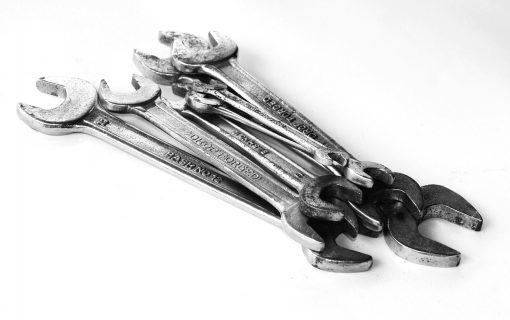-
Mender First
By that definition, every programmer is a Mender. But as we’ve seen, some people identify themselves differently.
-
Why keeping your Ruby on Rails application up to date should be a no-brainer
If you’re embarking on a new project where the new features will be an integral aspect then that alone might easily justify the investment in an upgrade.
-
The four pillars of web application maintenance
We have been developing, supporting and maintaining Ruby on Rails web applications for over 10 years here at Foxsoft. In that time we’ve learned a few things about how best to approach securing and maintaining applications for the long term.
-
10 practices for writing maintainable Ruby on Rails applications
As developers, there are some better practices that, if followed, will make your future life more comfortable as you continue to develop the application.
-
Software support and maintenance is a form of insurance
Nobody likes paying for insurance, but we do want the certainty and peace of mind that it provides. In the event of an incident, we’re glad that we’re covered and able to resume normality as quickly as possible.
-
3 ways to approach a Ruby on Rails application upgrade
Upgrading a Rails application is almost never the top priority for a company, but over time it pays to remain up to date. You ensure that bugs and security vulnerabilities get fixed. Plus, new features make future feature development quicker and easier.
-
3 actions you should take if your Ruby on Rails application has been around for more than 3 years
If your Ruby on Rails application has been around for more than a few years or so then here are 3 actions you should take.
-
6 things you must back up on your web application
Here are 6 things you should check you have covered so when the proverbial hits the fan, you’re not the one running for cover.
-
Using SaaS software vs creating your own bespoke software
Unless you’ve had your head under a rock for the past few years, you will likely have noticed the increase in SaaS (Software-as-a-Service) companies. Most software vendors have begun moving towards a subscription model. It makes sense.







